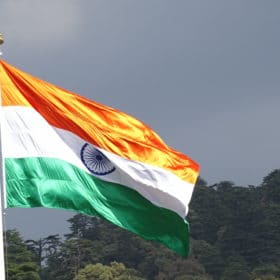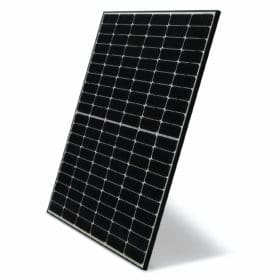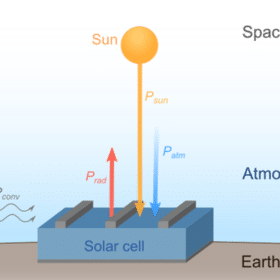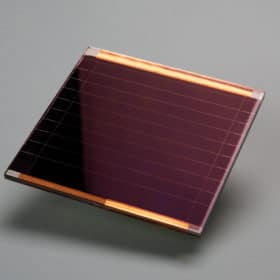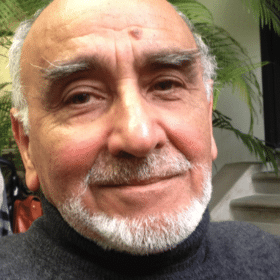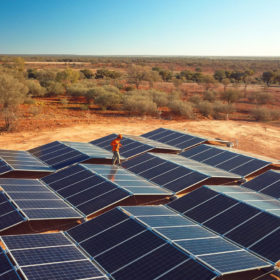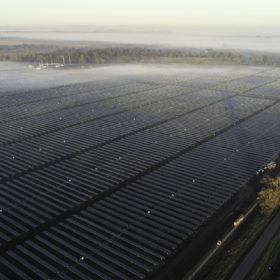India extends manufacturing incentive program to solar modules
A national production-linked incentive scheme introduced to encourage domestic manufacturing will now encompass solar. The PV policy will reportedly offer increased rewards for the production of more efficient panels and for Indian content–although it is not clear how.
LG unveils 390 W n-type module
The Korean manufacturer said the NeON H solar panel is the most reliable and efficient renewable energy solution it has ever created. The new product features an efficiency of 21.2% and a temperature coefficient of -0.33% per degree Celsius,
Cooling PV modules with radiative sky cooling
French scientists have proposed the use of radiative sky cooling as a passive cooling technique to cut PV module temperatures by 10 C. They claim the method could improve performance by more than 5 W/m2.
UNIST, EPFL claim 25.6% efficiency world record for perovskite solar cell
Scientists have set a new efficiency record for a single-junction perovskite solar cell at 25.6%. The cell additionally showed operational stability for 450 hours, and intense electroluminescence with external quantum efficiencies of more than 10%.
New design for antireflective coating in multijunction solar cells
Scientists in Madrid investigated the use of antireflective coatings in multijunction solar cells, drawing several conclusions that could further improve the efficiency of these cells. Their approach could improve on current antireflective coatings, particularly for high-efficiency multijunction cells, using methods and materials already proven in mass production.
Monograin layer solar cell with 6.4% efficiency
The lightweight and flexible cell was built by Estonian researchers with microcrystalline powders. The device is claimed to be the most efficient solar cell fabricated with a semiconductor compound known as Cu2CdGe(SxSe1−x)4.
Commercial HJT solar cells could hit 26% efficiency by 2030
Arvind Shah, a professor at École polytechnique fédérale de Lausanne, and Meyer Burger former Chief Innovation Officer Sylvère Leu recently spoke to pv magazine about the future of heterojunction PV modules. They said the tech is mature and can now compete on cost with PERC panels in projects – particularly in hot, humid environments.
Managing solar PV waste in India
A new report compares the regulatory frameworks of the European Union and India to manage end-of-life solar panels. It also assesses and analyzes the PV waste market and processing capacities in India, while sharing recommendations for Indian stakeholders.
Australia may host GW-scale PV module factory
Australia’s Sun Cable is planning a factory that could produce PV modules for the world’s biggest solar+storage project – the Australia-ASEAN Power Link.
Chinese PV Industry Brief: More module and glass capacity
Risen Energy is planning to add 6 GW of module capacity to its factory in Jiangsu province and Flat Glass wants to add six production lines to its facility in Zhejiang. Meanwhile, JA Solar says it shipped 15.88 GW of solar products last year.
